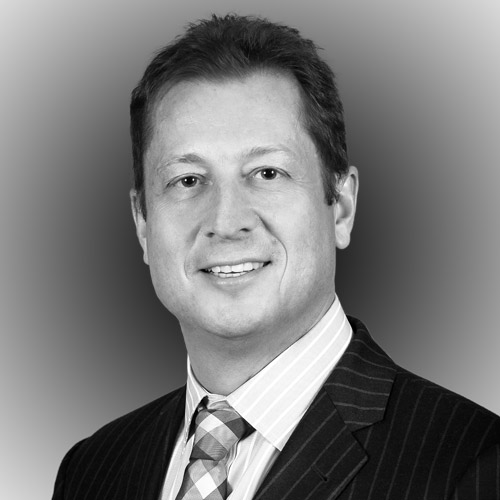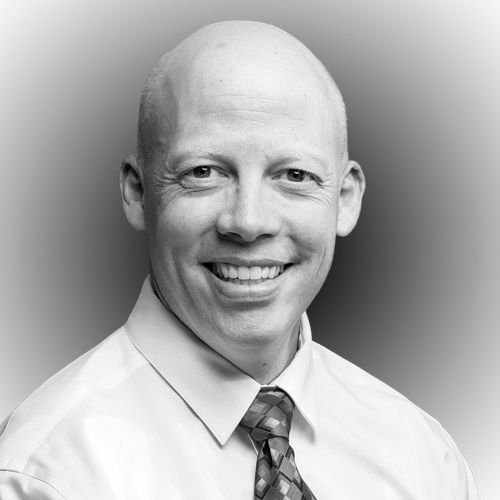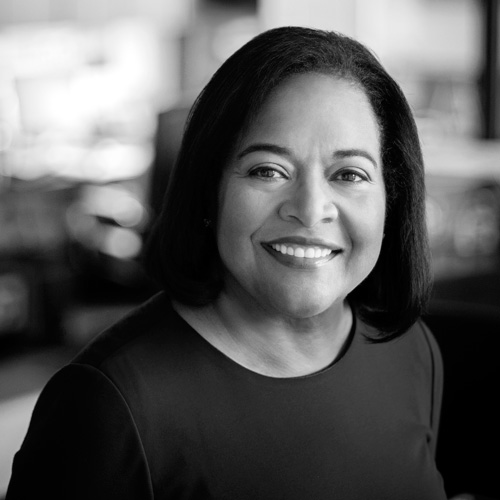Developing a chronic wound—or a large wound that does not heal over time—can be devastating to a patient’s quality of life. Not only is there a constant fear of infection, which could lead to amputation, but there’s the social stigma, too: many patients with chronic wounds don’t feel comfortable outside the house, or without being covered. In the United States, it’s estimated that there are 6.5 million patients affected by chronic wounds—a large portion of which also suffer from diabetes.

“Popping a pill or doing anything with traditional medicine is not going to close that [chronic] wound,” says Lode Debrabandere, president and CEO of Osiris Therapeutics. “You need something different.”
In this case, the “something different” means regenerative medicine. Through its products, Osiris is able to treat chronic-wound patients by creating new blood vessels near the wound, which then allow healthy tissue and skin to form. Many of Osiris’ chronic-wound patients are able to walk and maneuver normally after treatment.
Osiris Therapeutics earned the distinction of becoming the first company in the world to receive approval for a stem-cell drug called remestemcel-L in Canada and New Zealand. Since then, progress at the company has been swift.
Today, Osiris has developed several products that focus on wound care, sports medicine, and orthopedics. Such products include BIO4, a viable bone matrix, Cartiform, a viable osteochondral allograft, Grafix, a cryopreserved placental membrane, TruSkin, a viable human skin allograft, and Stravix, a durable placental allograft.
Debrabandere joined Osiris in 2006 after building a diverse base of experience in the medical and pharmaceutical fields. After earning an MBA, a PhD in pharmaceutical sciences and toxicology, and a professional doctor-degree in pharmacy from the University of Leuven in Belgium, Debrabandere came to the United States. He began working in research and development (R&D) for UCB Pharma, where he worked on developing products to treat epilepsy.
After about seven years, Debrabandere moved into the marketing department to sell Keppra, the epilepsy product he helped develop while in R&D. Today, Keppra is a commonly prescribed drug for epilepsy. Debrabandere then moved on to become the vice president of strategic marketing for neuroscience and infectious diseases at Bristol-Myers Squibb.
When Debrabandere joined Osiris as a general manager in 2006, the company was a world leader in stem-cell research, but small. However, this suited Debrabandere—he felt working at a smaller business versus a larger pharmaceutical company would allow him to take advantage of his diverse skill set. He became CEO and president in 2013.
Today, driven by the stories of his patients, Debrabandere plans to grow Osiris from a small, R&D biotech company into the leading seller of regenerative medicine products. Debrabandere’s main goals for Osiris are to reach new financial objectives and to launch new, smarter products for people who need them. By achieving these two things, Debrabandere hopes to build Osiris into the industry leader for regenerative medicine.
For Osiris, a company that originally consisted of seventy to eighty PhDs, becoming a large commercial company means doing more than adding a few staff positions: it means building up a strong foundation in multiple fields.
“Being great in science is not enough. Being great in marketing is not enough,” Debrabandere says, adding that the right balance between R&D, health policy, marketing, and financial expectations is what ultimately brings good products to patients. “That’s how you get the most powerful output,” he says.
One of the biggest challenges Debrabandere faces is managing the expectations of external investors. Although meeting investor expectations is rewarding, Debrabandere says reaping the consequences of not meeting expectations can be challenging because it doesn’t mean good work wasn’t done along the way.
So far, though, Osiris seems to be on track. The company has increased revenue to $100 million. Debrabandere’s goal is to reach $500 million. Reaching the $500 million mark, however, in part relies on a public that is educated about regenerative medicine and willing to invest in it. Debrabandere says that demystifying regenerative medicine for the general public is a huge undertaking.
By launching new products and putting them through the same regulatory processes that any other drug would follow—such as gaining US Food and Drug Administration approval—Debrabandere hopes people will start seeing regenerative medicine products as a real alternative, rather than vague medicine of the future.
“The success and victories that you achieve make regenerative medicine real,” Debrabandere says. “It’s not voodoo medicine.”
In particular, Debrabandere talks about what he calls the “sweet spots” of regenerative medicine—situations in which he can watch a patient’s quality of life improve after nothing else has worked.
“It’s very rewarding to be able to do that,” Debrabandere says. “It changes your life.”
In fact, the CEO says that’s the best part of his job: watching people—whether they are patients or employees—work hard and succeed in tough situations. This attitude of perseverance is reflected in the company culture, which values competitiveness, strength, and execution. However, the real foundation for the company is passion for patients.
“You have to have a genuine passion to do well for the patients,” Debrabandere says. “Otherwise, you’re in the wrong place.”

